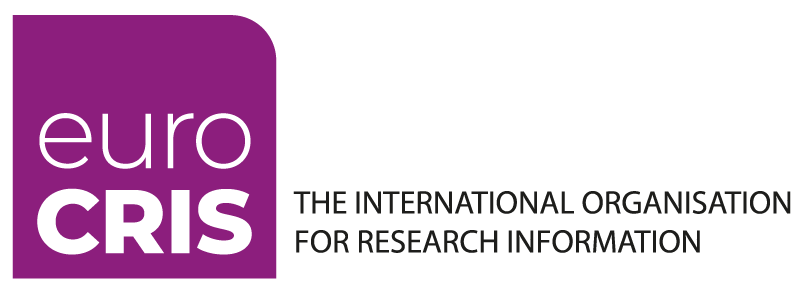A modern CRIS contains data/metadata or information about project managers, ongoing and completed projects, research departments, funding organisations, programmes and funding, researchers, research results (publications, patents, products), events, facilities, services and equipment and their timely relationships (semantics) and provides an integrated approach towards managing research information.
The early pre-1985 CRIS described projects (usually text only and monolingual) and were structured using an ordered set of (repeatable) fields. They were based on the library catalogue card idea (i.e. metadata). Gradually the need for a standard format for interchange of R&D information was seen. The European Commission put together a group of experts nominated by national governments with the purpose to define a Common European Research Information Format (CERIF).
The first version of CERIF – produced in 1991 – had a single-entry focus and a simple record format: the project was an entity with persons, organisations and other information represented as attributes. Over the years CERIF has gone through various development stages, taking into account the requirements regarding content & structure, flexibility of relationships, semantic consistency and better data quality in general, as well as user requirements.
In 2000 the EC handed over the custodianship of CERIF to euroCRIS which since then has supported CERIF as a recommendation to the EU Member States.
euroCRIS members have reported experiences in implementing CRIS and exchanging information. Attempts to generate CRIS by harvesting from websites have not been successful. Funding organisations had problems with updating of grants ((project) information once awarded) and synchronisations with other (e.g. university) databases. Publishers’ databases and repositories have data in different formats, usually not complete and with unambiguous addresses and unstructured or semi-structured information. Clearly the time has come to abandon CRIS as data silos and develop or convert them in such a way that integration and interchange of research information including from/to other systems dealing with funding programmes, project management, projects, organisations, human resource management, people, patents, finance and publications is enabled – with CERIF as middle layer providing the interconnection and integration.
Increasingly there is an emphasis on evaluation of research output. CRIS are ideally placed to provide the relevant information in whatever form is required and the use of CERIF allows not only recording of the relevant information but also a standard for automated interchange. CRIS can record the IP of an organisation and encourage innovation, wealth creation and improved quality of life and interoperating CRISs support the ERA and Lisbon targets and encourage innovation across Europe. Various national, international and commercial CRISs are available and CERIF is increasingly being adopted as the standard. Co-operation with the repository and library communities, the research management community, the innovation community and others is pursued actively.


